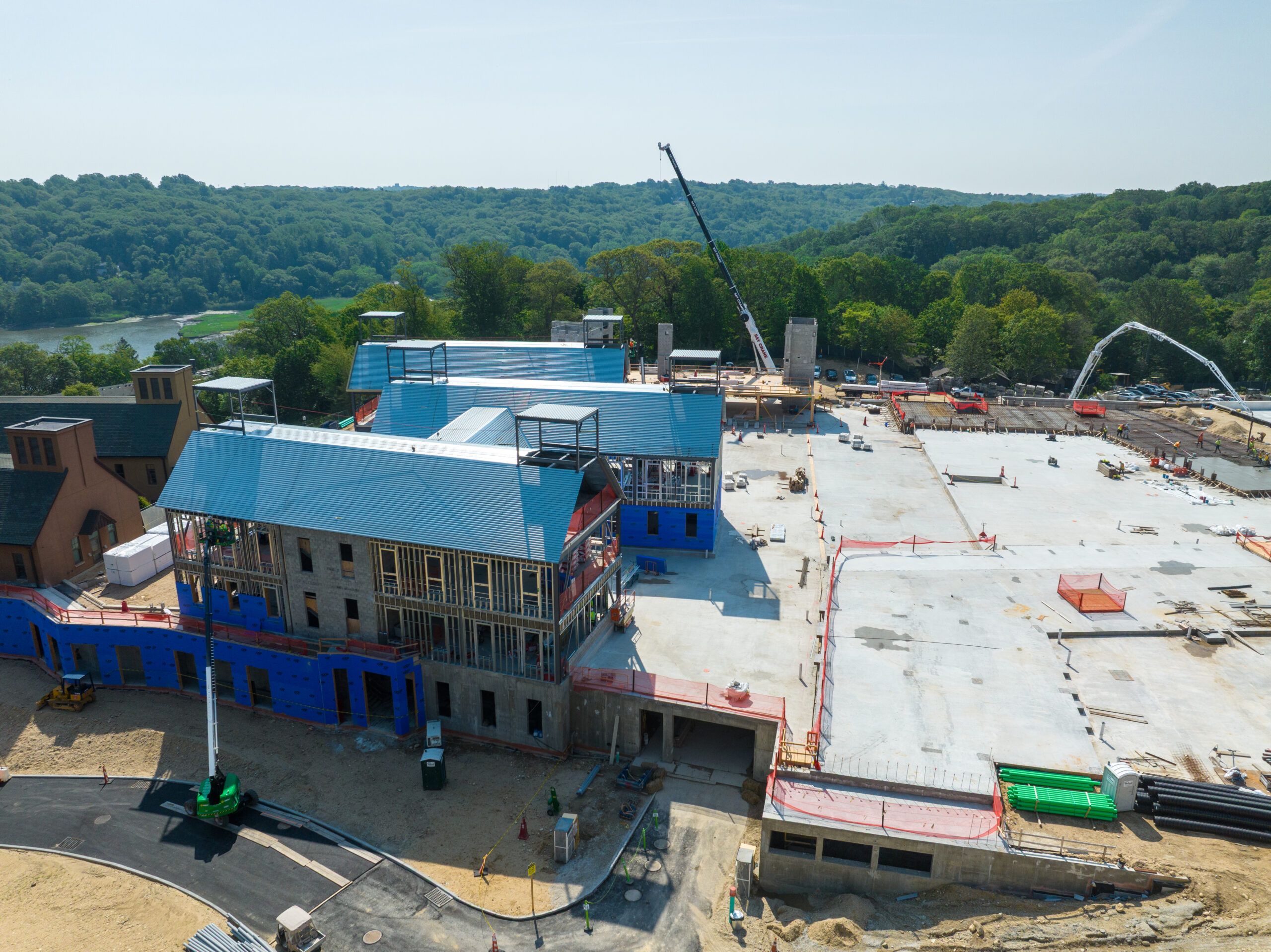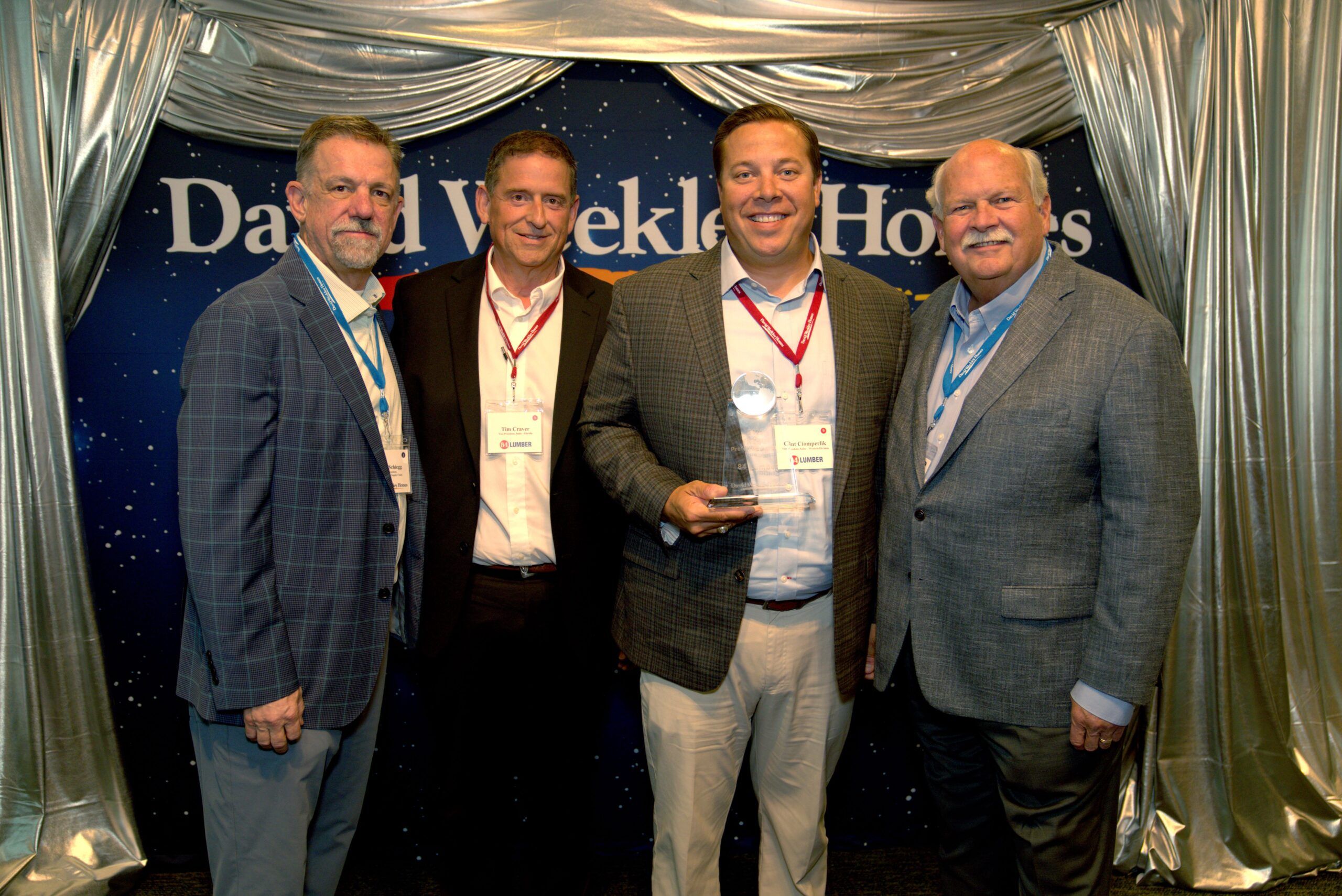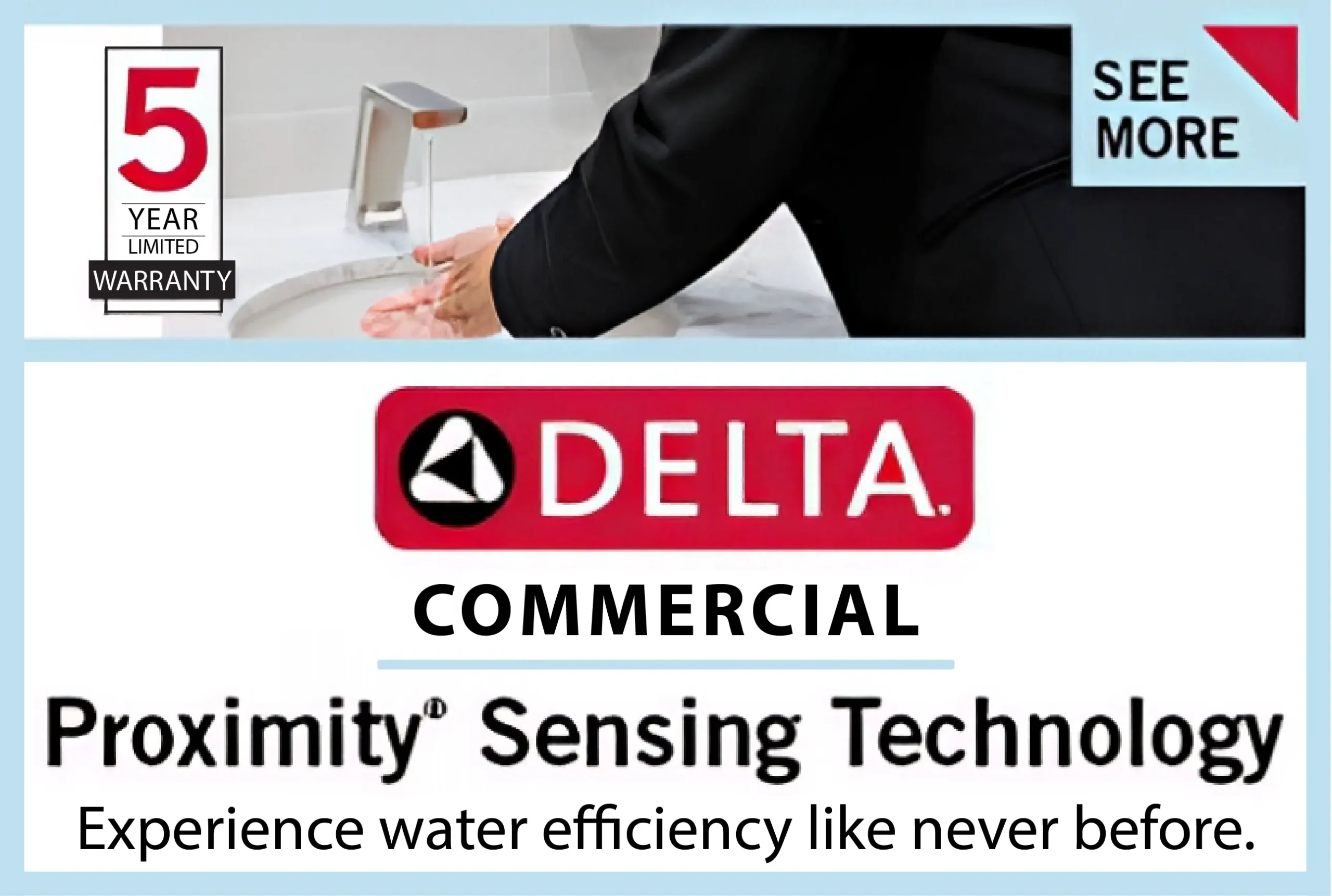Hot summers. Weird winters. Power bills that make zero sense. If your house still runs on the same systems it did ten years ago, it’s probably wasting energy every single day. And in 2025, that waste adds up to higher costs, more strain on the grid, and a home that can’t keep up when the weather swings.
The fix isn’t always obvious. Should you upgrade your HVAC? Switch to a heat pump? Add insulation? Some homeowners are doubling down on cooling with smarter systems. Others are choosing to embrace the cold, adding a sauna or upgrading their heater to get more comfort for less money.
Either way, you’ve got options. Some are small. Some are serious. All of them push your home toward lower bills, better comfort, and smarter energy use.
The Problem: Homes Weren’t Built for This Climate
The systems that run your home weren’t made for climate extremes. Most homes leak heat in winter and trap it in summer. That means you’re running your HVAC longer than you should—and paying the price for it.
Old windows. Poor roof insulation. HVAC systems are running well past their prime. These aren’t minor details. They’re the reason your energy bill keeps climbing.
And with 2025 bringing more extreme weather and pressure on local grids, wasting energy isn’t just expensive—it’s risky.
“British households are saving an average of £283.90 annually by implementing energy-efficient upgrades like draught proofing, boiler upgrades, and insulation.”
— The Sun
Rethinking Comfort: Two Smart Upgrades That Pull Double Duty
Comfort matters. So does cost. The best upgrades do both.
Cooling with Less Electricity: Why Evaporative Coolers Make Sense Now
If you live somewhere hot and dry, evaporative coolers beat traditional air conditioners in energy savings. A Champion evaporative cooler or even a compact portable evaporative cooler can bring down indoor temps using a fraction of the electricity.
They don’t just cool. They humidify dry air and use natural airflow instead of compressors. That means less electricity, lower energy bills, and a lighter load on your HVAC system.
The best part? They’re simple to use and install. No big retrofit. No massive upfront cost. And if you’re eligible, you might even get a rebate for using energy-efficient alternatives.
Embrace the Cold: Why a Sauna Can Be a Smart Heating Move
Most people think of saunas as a luxury. But done right, a home sauna can actually support your heating needs, especially if you use electric sauna heaters that are built for efficiency and heat retention.
They warm up fast, keep heat contained, and use less energy than you think, especially when paired with off-peak hours or microgrid setups.
Some households in colder areas now have a sauna not just for wellness but as part of their heating plan. It’s a way to embrace winter, not fight it. Add smart scheduling, and you’ve got a low-stress, energy-saving heating tool that also helps you relax.
Don’t Just Upgrade. Upgrade Smart.
How to Think About Energy Efficiency in 2025
You don’t need to tear down walls to make your home more efficient. But you do need to get honest about what’s burning through your budget.
Start with your HVAC. If it’s more than 10 years old, it probably fails energy efficiency standards set by the Environmental Protection Agency. Newer models from reputable providers like SnookHVAC don’t just run better. They use minimal energy, cut your carbon footprint, and qualify for tax credits.
Look at your roof too. Cool roofs reflect heat instead of trapping it. That cuts indoor temps and keeps your HVAC from overworking.
And don’t ignore windows. Swapping in high-efficiency windows with modern glazing and shading devices can help prevent heat loss and reduce energy use in both summer and winter.
Hidden Energy Wasters That Sneak Up on You
Not all waste is obvious. Some of the worst offenders are silent:
- Cracks near doors and ducts
- A thermostat that’s stuck or off by a few degrees
- An old water heater that never shuts off
- A heater that burns energy with no return
Fixing these doesn’t always cost a lot. But leaving them alone does. Especially when you’re trying to maintain comfortable temperatures or survive a power outage in peak season.
Money Talks: How to Afford Smarter Systems
Tax Incentives, Rebates, and What the U.S. Owes You
The U.S. wants you to upgrade—because it helps the grid too. That’s why they’re handing out tax credits and rebates for high-efficiency systems.
Depending on your state, you can get support for:
- Installing heat pumps
- Replacing windows or insulation
- Swapping in a high-efficiency water heater
- Buying Energy Star-rated equipment
The upfront costs might feel steep, but the long-term electricity savings pay it back fast. Especially if your energy use is high or your system is ancient.
Check with your utility provider. A lot of these rebates are local. Some even offer bonus credits for households switching from energy-hungry systems to cleaner options.
Building a Smarter Home Isn’t Optional Anymore
Waiting it out isn’t a plan. In 2025, heat waves and winter storms are regular events. And wasting energy doesn’t just cost you money—it makes your home less livable.
Smart climate upgrades aren’t just about new tech. They’re about the way we build, how we adapt, and how we live day to day.
You don’t have to do everything. But every smart upgrade—from a cool roof to a sauna heater or a better HVAC system—moves your home closer to self-sufficiency, better comfort, and real energy savings.
“In 20 years, smart homes might eliminate energy bills by utilizing renewable energy efficiently.”
Smart Integration Synergies: Combined Upgrade Effects
| Primary System | Complementary Technology | Synergy Effect | Combined Energy Savings | Added Installation Cost | Maintenance Requirement |
| Evaporative Cooler | Smart Humidity Monitoring | Automatic adjustment to maintain comfort | 42-53% | +$800-$1,500 | Medium |
| Cool Roof | Solar PV + Battery | Self-powered cooling with reduced heat gain | 45-65% | +$15,000-$25,000 | Low-Medium |
| Sauna | Heat Recovery System | Captures waste heat for home heating/hot water | 28-35% | +$2,200-$4,500 | Medium |
| Insulation Upgrade | Blower Door-Guided Air Sealing | Eliminates thermal bridges and air leaks | 32-42% | +$1,800-$3,500 | Very Low |
| Window Replacement | Automated Exterior Shading | Dynamic solar heat gain management | 35-45% | +$3,500-$8,000 | Medium |
Final Thoughts Before You Upgrade
Making your home more energy-efficient isn’t a trend—it’s the new standard. In a world of rising temperatures, rising costs, and unpredictable weather, smart upgrades aren’t about luxury. They’re about staying ready.
Focus on what your home needs. Start with systems that run daily—your HVAC, water heater, and insulation. Then look at comfort upgrades that support your lifestyle, like a sauna for cold months or a cooler for dry summers.
Every improvement chips away at waste, saves money, and helps you use energy properly. And the more your home can adapt to climate shifts, the less you’ll rely on emergency fixes when things go wrong.
The best time to get ahead of the heat—or the cold—is now.
Frequently Asked Questions
Q1. Can I run a sauna without driving up my energy bill?
A1. Yes, modern electric sauna heaters are much more efficient than older models. SaunaHeaterSupply offers energy-efficient options that, when used with a timer during off-peak hours or integrated with your solar setup, keep energy costs low.
Q2. Is an evaporative cooler better than AC?
A2. If you live in a dry climate, yes. Evaporative coolers use far less electricity and still do a solid job of cooling. They also cost less to install and maintain.
Q3. What HVAC upgrades qualify for rebates in 2025?
3. Check your local energy provider. Most support rebates for heat pumps, high-efficiency HVAC systems, and Energy Star appliances.
Q4. Are roof upgrades worth it for temperature control?
A4. Yes. A cool roof can dramatically reduce indoor temps in summer, cut AC costs, and reduce overall energy consumption.
Q5. I rent. Can I still make any smart upgrades?
A5. Yes, look into portable evaporative coolers, programmable thermostats, and window insulation kits. They’re low-cost, reversible, and still help cut utility bills.











